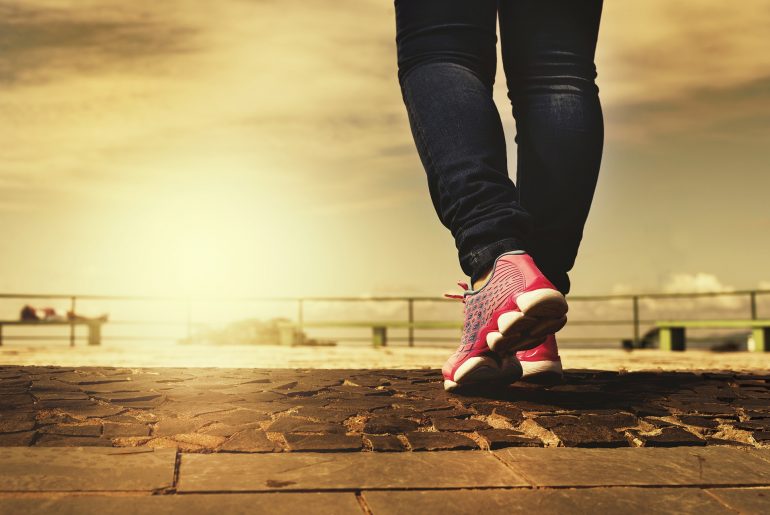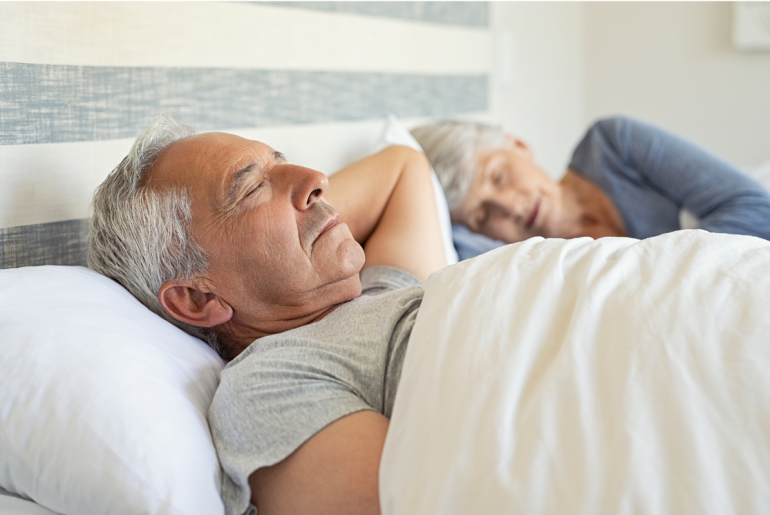Easy traps to fall into Working from home (WFH) became a necessity during the covid pandemic and has persisted since, being the preferred option for many. Previous research on the effects of work relocation to the home environment has demonstrated an increase in sitting time and reduced physical activity for WFH workers1. WFH workers spend more time sedentary, with more bouts of sedentary behaviour (SB) >30 mins per day, and less steps/day than in-office employees2. It is well established that high levels of SB are associated with increased rates of cardiovascular disease, type 2 diabetes and all-cause mortality, as well mental health conditions like depression and anxiety3. Sedentary behaviour, and the mental health effects associated, both indirectly and directly reduce work performance and employee productivity3. Where does BeUpstanding come in? Programs like BeUpstanding aim to support workers to be less sedentary and increase their movement through raising awareness and creating a culture where these behaviours are the norm. Research indicates that for desk-based workplaces, approximately 75% of the working day is spent sitting2. For many, office work constitutes a significant portion of their week, this accumulates to a lot of sedentary time. Studies like the Stand More AT (SMArT) Work…
![]()










